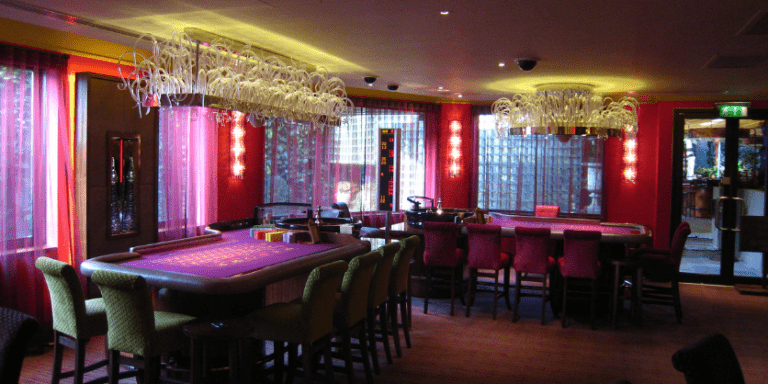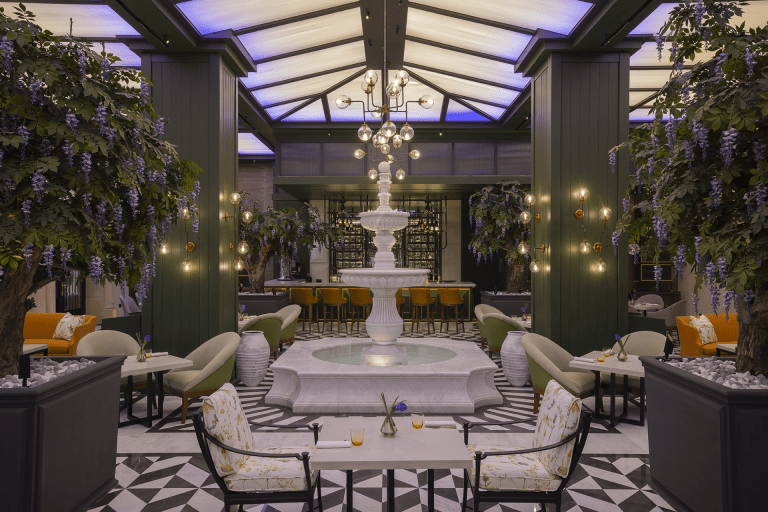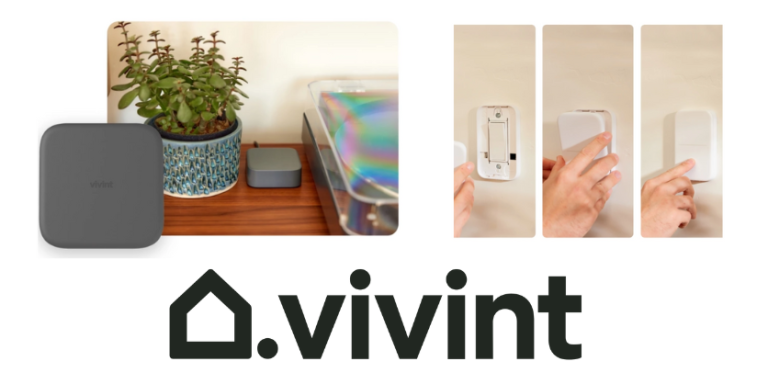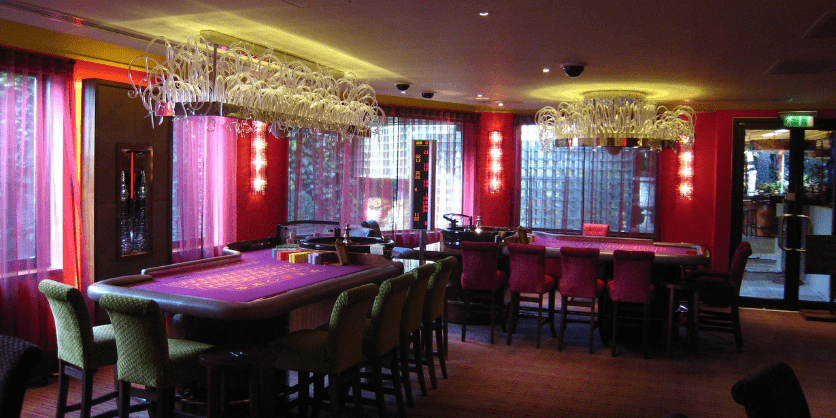The Challenges of Defending Lighting Controls and Gaining Owner Buy-In

By Emily Lai, LC
In the world of commercial building design and construction, lighting controls often occupy a gray area of understanding. They are highly technical systems that promise energy efficiency, enhanced user experiences, and compliance with stringent building codes. Yet, despite their benefits, lighting controls can be one of the most challenging aspects to justify to project owners. Whether it’s due to initial cost concerns, lack of understanding, or perceived complexity, defending the necessity of lighting controls and gaining owner buy-in requires skillful communication and strategic planning.
The Elephant in the Room: Cost Concerns
One of the first objections to lighting controls is almost always cost. Owners see the line item on the budget for advanced lighting controls and often balk at the expense, especially when compared to basic switches and dimmers. What many fail to recognize is that lighting controls are not merely a cost — they are an investment. They offer long-term energy savings, reduced operational costs, increased productivity, flexibility, and are adaptive to future growth. Just like buying an efficient car: the upfront cost may be higher, but the fuel savings over time make it worth the investment.
Bridging the Knowledge Gap
Owners are not always well-versed in the nuances of lighting control systems. To many, terms like “DALI protocol,” “networked lighting controls,” and “BMS integration” sound like expensive jargon. This knowledge gap often creates resistance to adoption. As a lighting control expert, your role is to demystify the technology and translate its benefits into terms the owner values: cost savings, tenant satisfaction, operational simplicity, and future-proofing their investment.
For example, instead of explaining that a system uses advanced dimming algorithms to optimize light levels, you might say, “This system adjusts lighting throughout the day to mimic natural light, making spaces more comfortable for occupants and saving energy at the same time.” By focusing on outcomes rather than technical features, you’re more likely to capture the owner’s interest.
The Myth of Complexity
Another common concern is that lighting controls are too complicated to install, use, or maintain. Owners worry that they will require specialized training or ongoing support just to keep the system operational. While it’s true that some advanced systems come with a learning curve, manufacturers have made significant strides in simplifying interfaces and ensuring user-friendly operations.
One way to address this concern is to share real-world examples of successful installations. Highlight buildings where lighting controls have been seamlessly integrated and explain how they’ve benefited the end users. Offering hands-on demonstrations or mock-ups during the design phase can also help reassure owners that the system will be intuitive and effective. It’s a lot like learning a new smartphone — it might seem overwhelming at first, but soon enough, it becomes second nature.
Code Compliance as a Lever
Building energy codes like ASHRAE 90.1 and Title 24 mandate the use of lighting controls in many commercial applications. While these codes may seem like an added burden to owners, they can also be a powerful tool in gaining buy-in. By framing controls as a non-negotiable part of the project’s compliance strategy, you shift the conversation from “Why do we need this?” to “How do we implement this most effectively?”
Beyond compliance, there’s the opportunity to exceed minimum standards and achieve certifications like LEED or WELL. These accolades can enhance the building’s marketability and command higher rents or sale prices. Owners are more likely to support lighting controls when they see them as a pathway to these broader goals.
The User Experience Argument
In addition to cost and compliance, user experience is a compelling reason to invest in lighting controls. Occupants want spaces that are comfortable, functional, and easy to navigate. Lighting controls can enhance these qualities by providing adaptable light levels, personalized settings, and seamless integration with other building systems.
For example, a conference room equipped with a networked lighting control system can automatically adjust light levels based on occupancy, the time of day, or specific meeting scenarios. These features improve productivity and satisfaction for tenants, which can translate into higher retention rates and more consistent revenue for owners.
Addressing the Fear of Technology Obsolescence
In today’s rapidly evolving technological landscape, owners often worry that investing in lighting controls means buying into a system that will soon be outdated. This fear is not unfounded, but it can be mitigated by choosing systems that prioritize scalability and interoperability. Open protocols, modular designs, and cloud-based updates ensure that a system remains relevant and adaptable to future needs.
When discussing lighting controls with owners, emphasize that the system you’re proposing is designed with longevity in mind. Highlight any partnerships or integrations with other leading technologies that demonstrate the system’s staying power. This approach not only reassures owners, but also positions you as a forward-thinking expert. It’s similar to a smartphone having regular software updates — you’re not just buying the hardware, you’re investing in its ongoing usefulness.
Making the Business Case
Ultimately, gaining owner buy-in comes down to making a strong business case. This involves presenting a clear return on investment (ROI) calculation, including:
- Energy Savings: Quantify how much the system will reduce energy costs over time. Use real-world data or case studies to support your claims.
- Maintenance Savings: Explain how features like remote diagnostics and automated fault detection can lower maintenance costs.
- Occupant Satisfaction: Highlight how better lighting environments can improve productivity and tenant retention.
- Resale Value: Show how advanced systems make the building more attractive to future buyers or tenants.
Building Trust Through Collaboration
Gaining owner buy-in is not just about delivering a convincing presentation; it’s about building trust. Engage owners early in the design process and make them active participants in decision-making. Listen to their concerns and tailor your recommendations to align with their priorities.
For example, if an owner is particularly cost-sensitive, focus on strategies that deliver the greatest energy savings with the least upfront expense. If sustainability is a priority, emphasize features like demand response and integration with renewable energy sources. By aligning your approach with their goals, you demonstrate that you’re not just selling a product, you’re solving a problem.
Overcoming Resistance
Even with a strong case, resistance is inevitable. Some owners may prefer to stick with what they know or avoid what they perceive as unnecessary risks. Overcoming this resistance requires patience, persistence, and a willingness to address objections head-on.
One effective strategy is to provide phased implementation options. For example, instead of proposing a full-building networked lighting control system, suggest starting with a pilot program in a single area. This approach allows the owner to experience the benefits firsthand without committing to a large upfront investment. Let them take it for a test drive.
Conclusion
Defending the need for lighting controls and gaining owner buy-in is a complex, but rewarding, challenge. It requires a deep understanding of both the technical and human aspects of the decision-making process. By addressing cost concerns, bridging knowledge gaps, and aligning your recommendations with the owner’s priorities, you can turn skepticism into support.
Remember, success in this endeavor is not just about installing a system; it’s about creating value. When owners see lighting controls as an integral part of their building’s performance, rather than an optional add-on, they’re more likely to invest with confidence. And in doing so, they’re not just improving their bottom line — they’re shaping the future of sustainable, user-focused design.
About the Author
Emily Lai, LC, is Commercial Regional Sales Manager at ETC
Additional articles by Emily Lai
Understanding Roles in Construction Projects From Bidding Through Completion: A Recipe for Success








